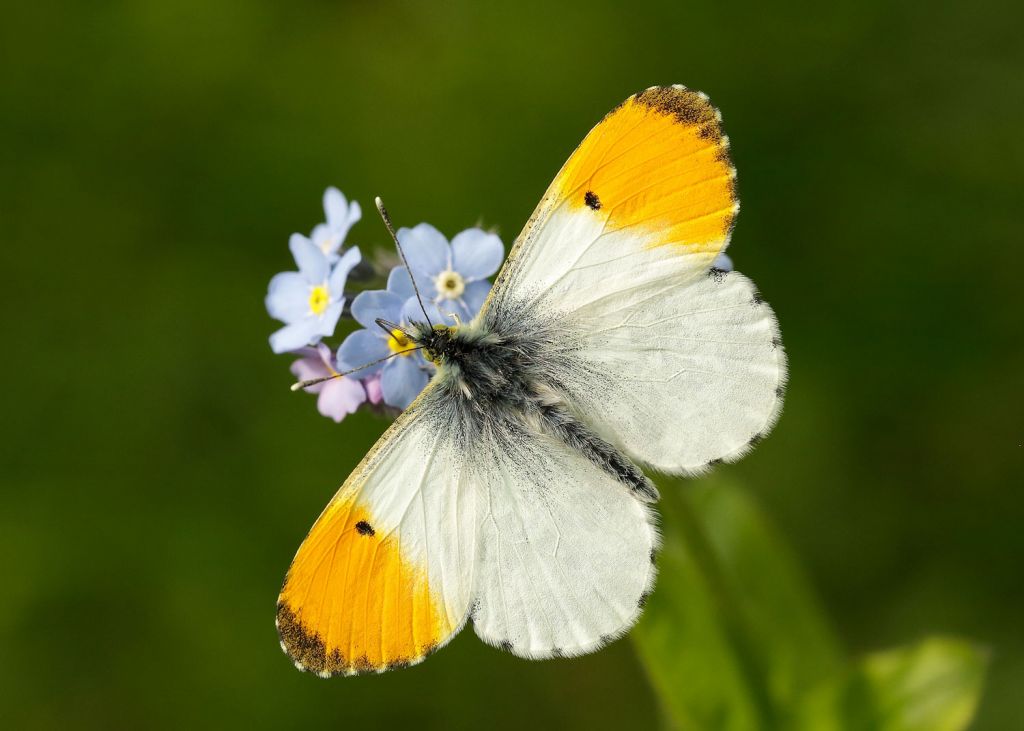
Britain’s butterflies need your help. Recent surveys have shown a decline in many of the UK’s insect species. By taking part in the Big Butterfly Count, you can help experts to build an up-to-date picture of the health of the species and ascertain what needs the most urgent help.
The importance of butterflies to us cannot be overstated. They are vital to the quality of our lives and are excellent pollinators along with being quite beautiful. Sadly, the deterioration of habitats and overuse of pesticides means they are becoming a rarer sight in gardens around the country.
It’s vital to keep an eye on their numbers, and you can help by taking part in The Big Butterfly Count 2020.
What is the Big Butterfly Count?
The Big Butterfly Count is an opportunity for the country to record numbers which will help experts to understand the health of the species. It was first launched in 2010 and is regarded as the world’s biggest survey of butterflies. Last year, more than 110,000 people took part in the survey submitting 116,000 butterfly and day-flying moth counts.
As with the previous years, taking part in the Big Butterfly Count is simple. You can choose to either download the Big Butterfly Count App or record your results on one of the downloadable sheets from the website where you can enter your findings.
The Big Butterfly Count starts on Friday 17th July and runs until Sunday 9th August. The website and app will be remaining open throughout August allowing you submit your counts outside of these dates.
It doesn’t matter what you age you are, the count is open to all and is a fantastic opportunity to enjoy the outdoors. You can do as many counts as you like during the three-week butterfly count. Even if you don’t manage to see one, you should still submit your findings as this helps to understand how the species are coping living alongside humans.

What am I likely to see?
Big Butterfly Count takes place during the peak abundance of butterflies in the UK, when the most widespread and numerous species are on the wing. Nevertheless, no two years are alike and as we have had a warm spring, and butterflies have emerged early, we may see less of our early-summer flying species (such as Marbled White and Ringlet) by mid-July when the Count starts.
It also depends where you live or make your butterfly count as to what you are likely to see, as butterfly populations can be different in urban or rural areas as well as clustered in different places across the UK. Almost all of the 19 target Big Butterfly Count species (including the two day-flying moths included in the Count) are widespread across the UK, but a few, such as the Gatekeeper and Holly Blue, are scarce or absent from some parts, particularly further north.
Read more lifestyle news articles in our dedicated section here.
![]()




You must be logged in to post a comment.